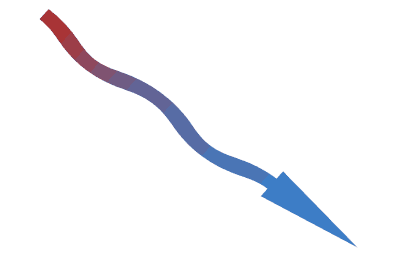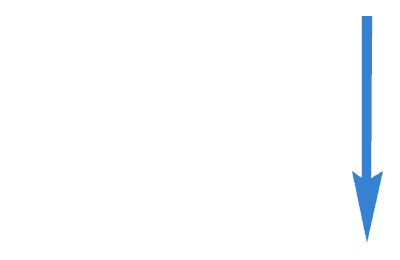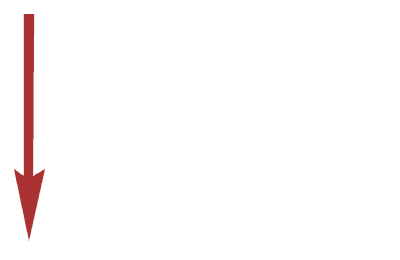>Episode 3: Revenge of the Mutants
Simulating Forward and Backward Mutation
|
For a few minutes the Assistant was silent, scribbling equations and graphs on the back of a medical chart. Suddenly he looked up with a horrified expression. "I just had a thought!" "Congratulations!" "Um, thanks. Anyway, if brown alleles can mutate to blue, why couldn't blue mutate to brown?" "I thought you'd never ask." "So if you start with 400 brown alleles and 100 blue alleles, and 10% mutation rate... hmm, let me just think about the brown alleles. 40 would get lost to blue mutants. But 10 blues would also mutate to brown. So at the end you would have 400 - 40 + 10." "Yup, 370. Of course, for blues you would have 100 - 10 + 40, or 130.'' "But would browns and blues necessarily mutate at the same rate?" "And why should they? Lots of processes are easier one direction than the other. Its easier to cook an egg than to uncook it. Its easier to untie your shoe than to tie it. Of course forward and backward mutations can have different rates." "OK, I guess you're right. So, has your institute done even more extensive testing to find this backward mutation rate?" "Of course," smirked the Nurse. "In fact, the backwards mutation rate was measured at 20%." "Wow, that's, um, twice as really fast..." "Yes, and such a conveniently easy number for calculating with..." |
Below is the beginning of the assistant's scribbled attempts to understand the effect of forward and backward mutation occuring simultaneously. You can help by filling in the boxes. The fat arrows indicate the transition from one generation to the next. You need to determine how many brown alleles will mutate to blue (that's the fat brown arrow that becomes blue) and how many blue alleles will mutate to brown (that's the fat blue arrow that becomes brown).
After you fill in both boxes, click on Check. If you put in the right numbers, the applet will fill in other information -- how many alleles don't mutate, and the resulting number of each type of allele in the following generation -- and add a set of boxes for the next generation.
For example, the first generation starts with 400 brown alleles. Given the forward mutation rate of 10%, 40 of those alleles will mutate to blue, so that's the number that needs to go into the box on the brown-to-blue arrow.
Keep on filling the new boxes until you notice that there's not much difference from one generation to the next. (If you do not have javascript, you won't be able to do this activity interactively, but you can see some examples of the results on the next page).




"Hmm, " mused the Assistant after about 10 tries. "It seems like nothing's changing anymore. I mean, brown alleles are turning blue and blue alleles are turning brown, but it's the same number of each so there's no overall effect. Weird." "It's not weird. It's a classic case of dynamic equilibrium. The individual processes continue but they cancel each other out. The more things change, the more they stay the same." "It sure took a while though," added the Assistant, rubbing his cramped fingers ruefully. "Well, just imagine how long it would have taken with more realistic migration rates!" "Ugh, I would have been here all day. Maybe I would even have run out of medical charts to scribble on. I don't even want to think about that."
|
Copyright University of Maryland, 2007
You may link to this site for educational purposes.
Please do not copy without permission
requests/questions/feedback email: admin@mathbench.umd.edu